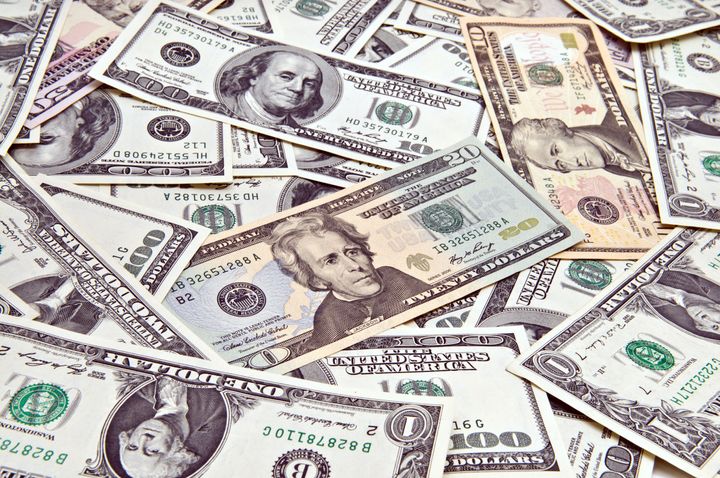
Over the past year, one of the most popular features here at Get Rich Slowly has been the monthly "how much do you spend on X?" question. I started these informal and unscientific surveys on a whim. I wanted to see what sort of spending ranges we held as a population of relatively money-savvy citizens.
In the past year, we've looked at the following spending categories:
I'm not sure why this series of questions has been so popular. I guess there's something deep in each of us that wants to compare our spending with others, to see if the amounts and the ways we spend are normal.
One way to answer questions like this, of course, is to compare your spending to a broader average. I do that by looking at government data. My favorite benchmark is the U.S. Bureau of Labor Statistics' Consumer Expenditure Survey, which offers a ton of info about how Americans actually spend their dollars. Another source of info is the U.S. Bureau of Labor Statistics' Consumer Price Index (which is generally used for tracking inflation).
Earlier this month, the Planet Money blog from National Public Radio used the Consumer Price Index to put together a couple of graphics representing what America buys. The results are interesting for a money geek like me.
For instance, did you know that Americans spend about one percent of their income on pets? And they spend another one percent on alcohol? (I'm not sure what that says about us, that our spending on pets and alcohol is roughly the same.) We spend 8.6 percent of our income on groceries, and we spend another 5.7 percent of our income on dining out.
For me, the funniest part of the Planet Money visualizations was the comparison between current spending and past spending.
Last month, The Atlantic also took a look at how Americans earn and spend money. Like NPR, and like me, The Atlantic couldn't help but note that food costs have plummeted over the past sixty years -- despite the fact that Americans spend nearly half their food budgets on dining out! And look how much cheaper clothing has become too!
Unfortunately (or perhaps fortunately, depending on your point of view), we don't seem to have banked the savings we've gained on food and apparel. Instead, we're plowing more money than ever into housing. According to the U.S. Census Bureau, the average new home was 2349 square feet in 2004, up from 1695 square feet in 1974 -- and just under 1000 square feet in 1950.
Anyhow, I don't have any real takeaways for you this morning. I just find it fascinating to see how the average person spends. To that end, you can be sure that there are more "how much do you spend on X?" questions coming in the future!
Do you like to compare your spending to a broader average? What are your favorite sources for comparing numbers? Do you worry when your spending on, say, housing is far greater than the norm? Or do you just figure different people have different priorities? (For myself, as long as I'm falling within the Balanced Money Formula, I'm happy.)
The original article can be found at GetRichSlowly.org: "Is Your Spending Normal."